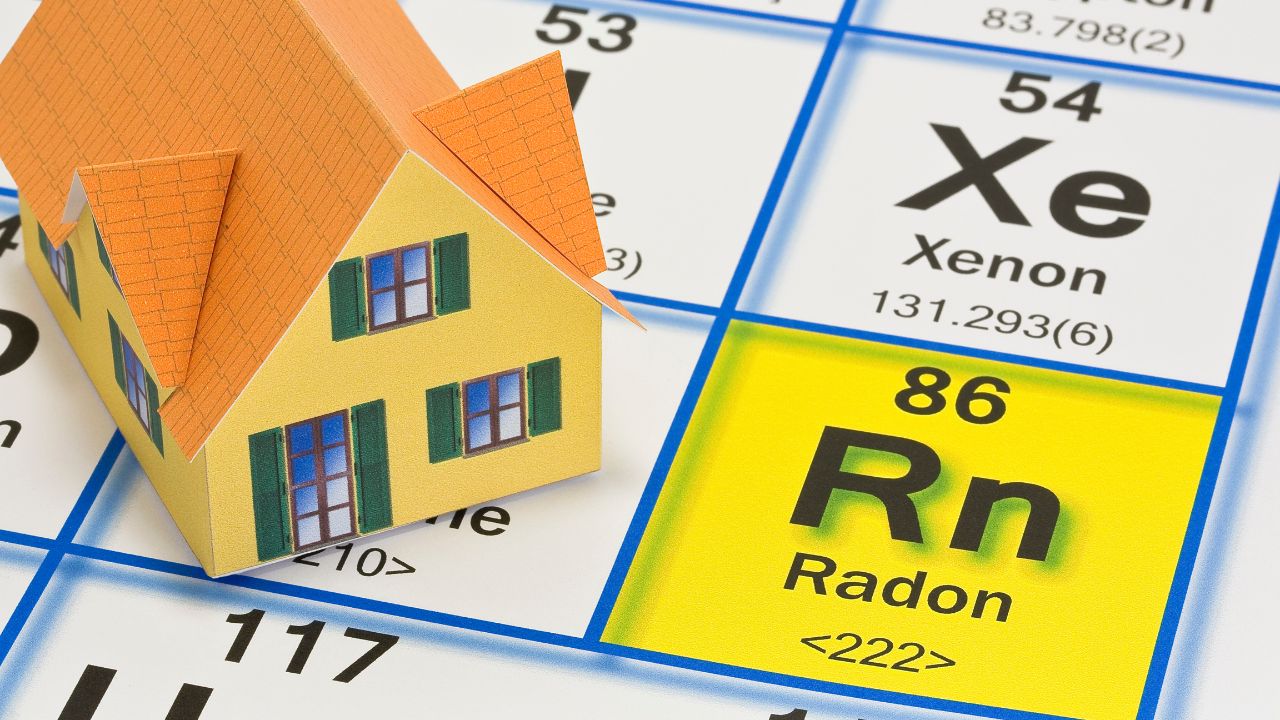 Your home should be a place of comfort and safety, but hidden dangers can pose serious risks to you and your family. Identifying and addressing these hazards is essential to maintaining a secure living environment. Here are some of the most common household dangers and how to prevent them.
Your home should be a place of comfort and safety, but hidden dangers can pose serious risks to you and your family. Identifying and addressing these hazards is essential to maintaining a secure living environment. Here are some of the most common household dangers and how to prevent them.
Electrical Issues
Outdated wiring, faulty electrical systems, and exposed wires can increase the risk of electrical fires and shocks. Regularly inspect your home’s electrical system and hire a licensed electrician for any needed repairs.
Mold Growth
Mold thrives in damp, warm environments and can cause respiratory problems, allergies, and even structural damage. Ensure proper ventilation, fix leaks promptly, and use dehumidifiers to reduce excess moisture.
Carbon Monoxide Poisoning
Carbon monoxide (CO) is an odorless, colorless gas that can be deadly. It is produced by gas-powered appliances like stoves, furnaces, and water heaters. Install CO detectors in your home and have appliances checked regularly.
Gas Leaks
A gas leak can lead to explosions and carbon monoxide poisoning. If you smell gas, evacuate immediately and contact your utility provider. Regularly inspect your gas lines and appliances to ensure they are in good condition.
Lead Poisoning
Older homes may contain lead-based paint, which can be hazardous if ingested or inhaled. Lead exposure is particularly harmful to children, causing developmental issues. If your home was built before 1978, consider professional lead testing and removal.
Asbestos Exposure
Asbestos, commonly found in older homes, can cause severe lung diseases such as mesothelioma. If you suspect asbestos in your home, do not disturb it—hire a professional to assess and remove it safely.
Drowning Risks
Pools, bathtubs, and other water sources pose drowning hazards, especially for children. Always supervise kids around water, install safety barriers around pools, and teach water safety skills early.
Radon Gas
Radon is a naturally occurring gas that can seep into homes and increase the risk of lung cancer. Testing for radon is simple and affordable—if high levels are detected, a mitigation system can help reduce exposure.
Reducing Home Hazards
Preventing household dangers requires vigilance and proactive measures. Here are some tips to keep your home safe:
-
Install smoke and carbon monoxide detectors on each floor and outside sleeping areas. Test them monthly and replace batteries as needed.
-
Keep fire extinguishers in key areas and ensure everyone in the household knows how to use them.
-
Avoid overloading electrical outlets and replace frayed or damaged cords.
-
Maintain HVAC systems and clean air filters regularly to prevent air quality issues.
-
Remove clutter from walkways and staircases to reduce tripping hazards.
-
Improve home lighting, especially in stairways and entryways.
-
Regularly inspect plumbing systems to prevent leaks and water damage.
-
Store hazardous chemicals and cleaning products out of reach of children and pets.
-
Test for radon and consider a mitigation system if needed.
-
Conduct routine inspections of your roof, foundation, and exterior walls to catch potential issues early.
By taking these steps, homeowners can create a safer living space and protect their families from hidden household hazards. If you’re thinking about buying or selling a home, give me a call! I’d love to help you find a safe and comfortable place to live.